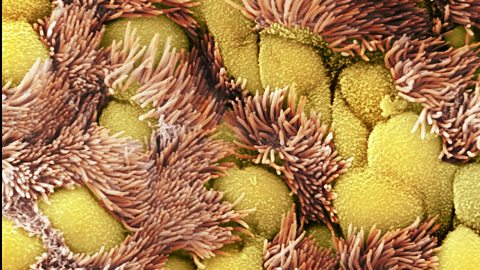More guides on this topic
- Field investigations - OCR Gateway
- Monitoring and maintaining the environment - OCR Gateway
- Feeding the human race - OCR Gateway
- Monitoring & maintaining health - Communicable diseases - OCR Gateway
- Monoclonal antibodies - Higher - OCR Gateway
- Plant disease - OCR Gateway
- Cancer and cardiovascular disease - Non-communicable - OCR Gateway
- Monitoring and maintaining health - Non-communicable - OCR Gateway
- Sample exam questions - global challenges - OCR Gateway
